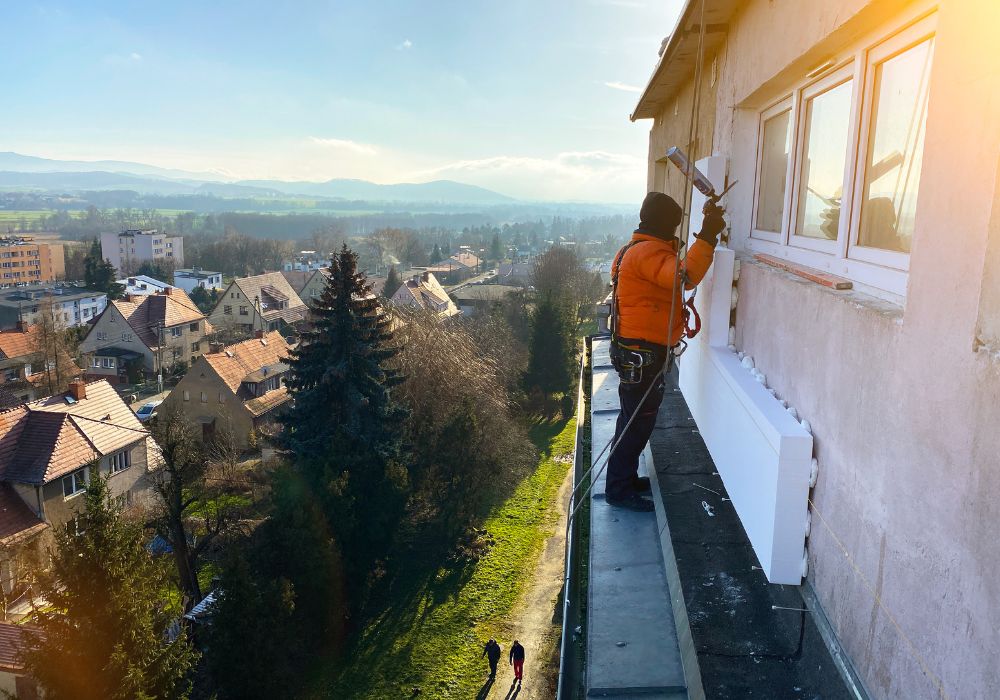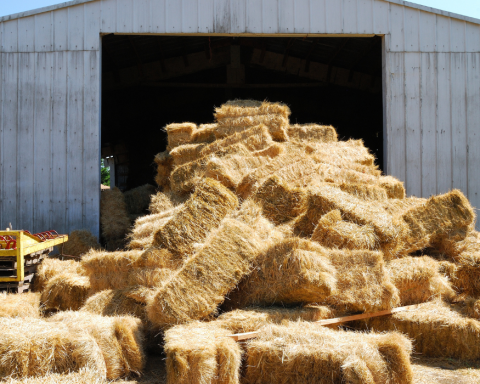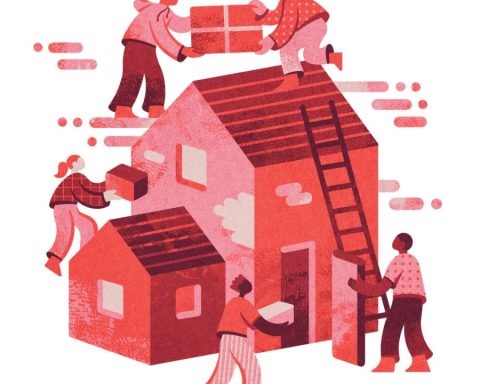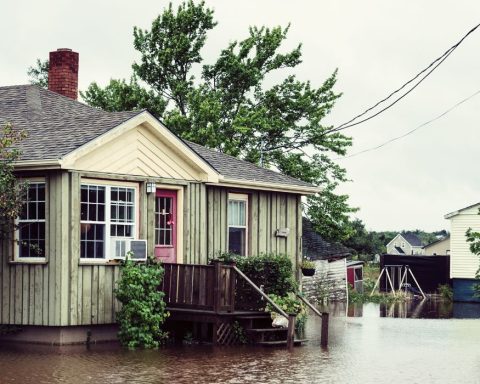Weak regulations, low demand, and a lack of skilled labour are blocking service providers along Canada’s deep retrofit supply chain from scaling up operations to make homes safer, more climate resilient, and more affordable to heat, says a recent report by Pembina Institute.
The need to address these blockages is critical, the clean energy think tank writes [pdf] in a new report, noting that Canada’s building sector contributes 13% of the country’s total emissions. And with an estimated C$3.1 billion in extreme weather event losses accrued in 2023 alone, Canada also needs to rapidly build resilience.
“Retrofitting existing buildings is the only climate action that can both drive down emissions and protect Canadians from weather events that are increasing in severity and frequency as our climate changes,” Pembina says.
But it will be a long road ahead to decarbonizing enough buildings to meet Canada’s 2050 net zero emission goals: “We will need to retrofit 4% to 6% of our building stock, or roughly 600,000 homes, each year,” writes Pembina analyst Raidin Blue in a blog post.
And only deep retrofits going beyond simple renovations—“holistic energy efficiency upgrades to homes that improve occupant health and make housing more affordable by lowering bills that are achieved through the use of low-carbon materials, new technologies (like heat pumps), and the use of smart electricity grids”—will serve both to lower emissions, and protect Canadians from harm.
To get the job done, Canada’s deep retrofit supply chain will need to be substantially improved, Pembina notes. After surveying some 80 people employed along that supply chain—from designers, to contractors, to those who monitor building operations post-retrofit—Pembina cites the lack of market certainty, resulting from a lax regulatory environment, as the weakest link in the retrofit chain.
That means “implementing regulations that require deep building decarbonization” and help reassure prospective investors, will be job one.
“Setting energy performance standards for new buildings” and introducing “high-efficiency equipment standards to require replacement heating equipment be at least 100% efficient,” are two of the regulatory changes recommended by sector workers.
“Such regulations can take time but are coming in some jurisdictions,” Pembina adds, citing Ottawa’s efforts to craft its Alterations to Existing Buildings code, now delayed to 2030. British Columbia’s Highest Efficiency Equipment Standards for Space and Water Heating is also slated for that year.
Canadian policy-makers also need to address the persistent problem of low demand, which owes significantly to consumer ignorance about deep retrofit processes. “Clarifying the benefits of deep retrofits, helping to build trust in industry, and helping reduce complexity” will help solve this problem, says Pembina.
Canada also needs more grants and incentives to mitigate “the high cost of innovative, low-carbon technologies used in deep retrofits.” Those currently working in the residential deep retrofit sector identify a shortage of skilled labour as the third major pinch point.
“Deep retrofits require unique skill sets,” notes Pembina. “As such, the federal government should commit C$1.5 billion over five years for skill development, capacity building, and recruitment.”
That commitment should prioritize inclusivity and equity, recognizing that “deep retrofits present an opportunity for communities throughout the country.”
Local job creation and training “will help to build inclusive and equitable workplaces that attract workers from equity-seeking groups—a win-win-win for people in Canada, industry, and policymakers alike,” Pembina says.
The article first appeared in The Energy Mix. Read the original story here.







